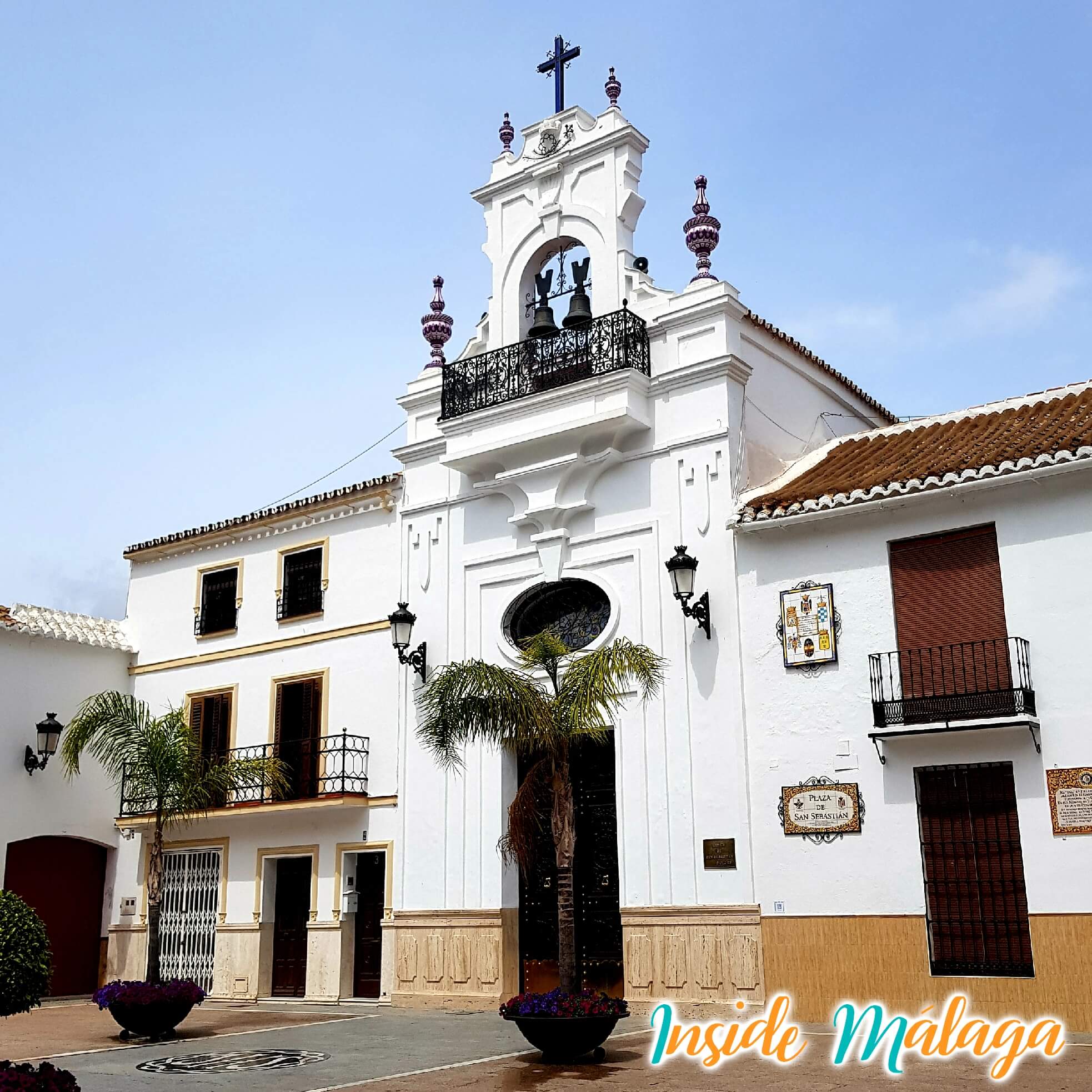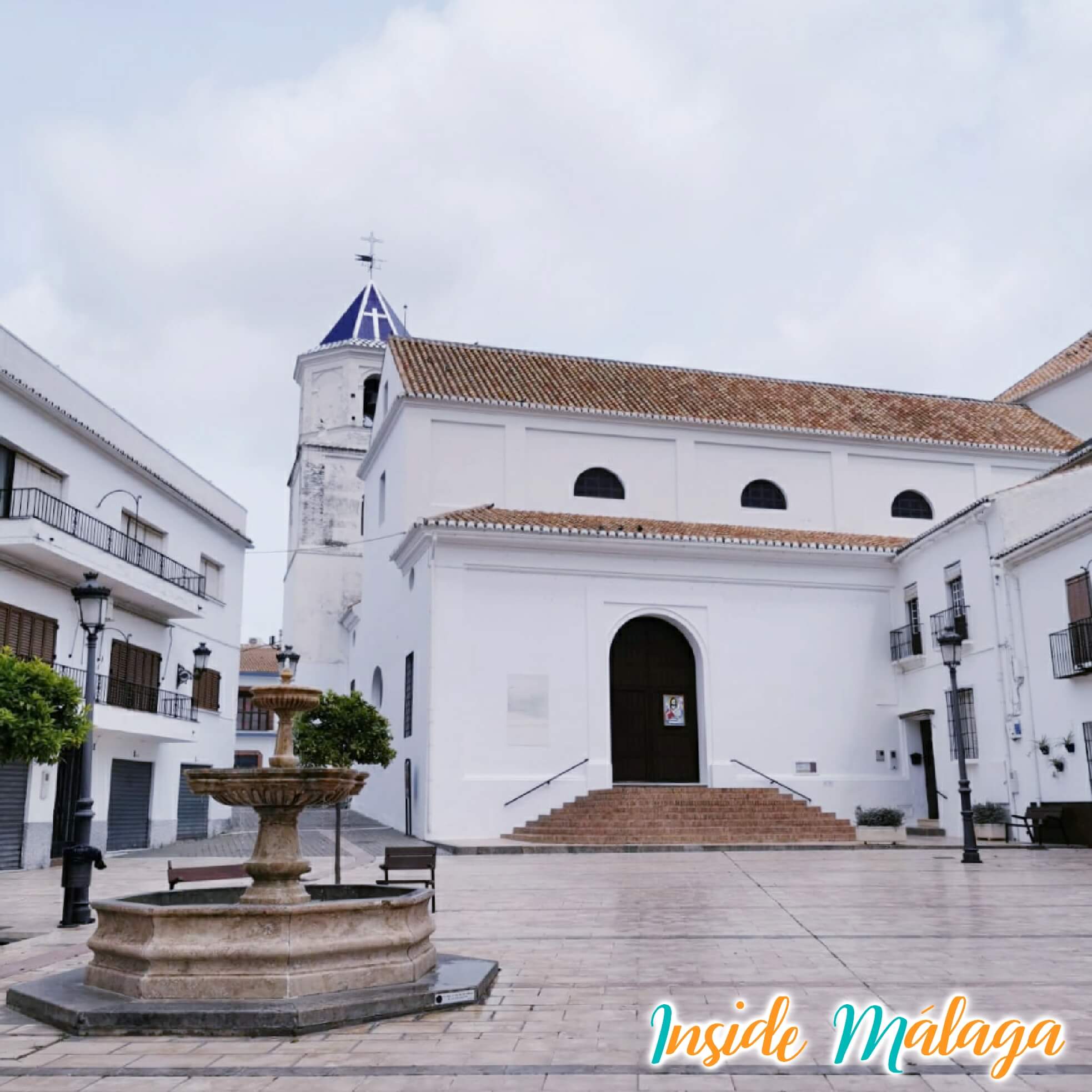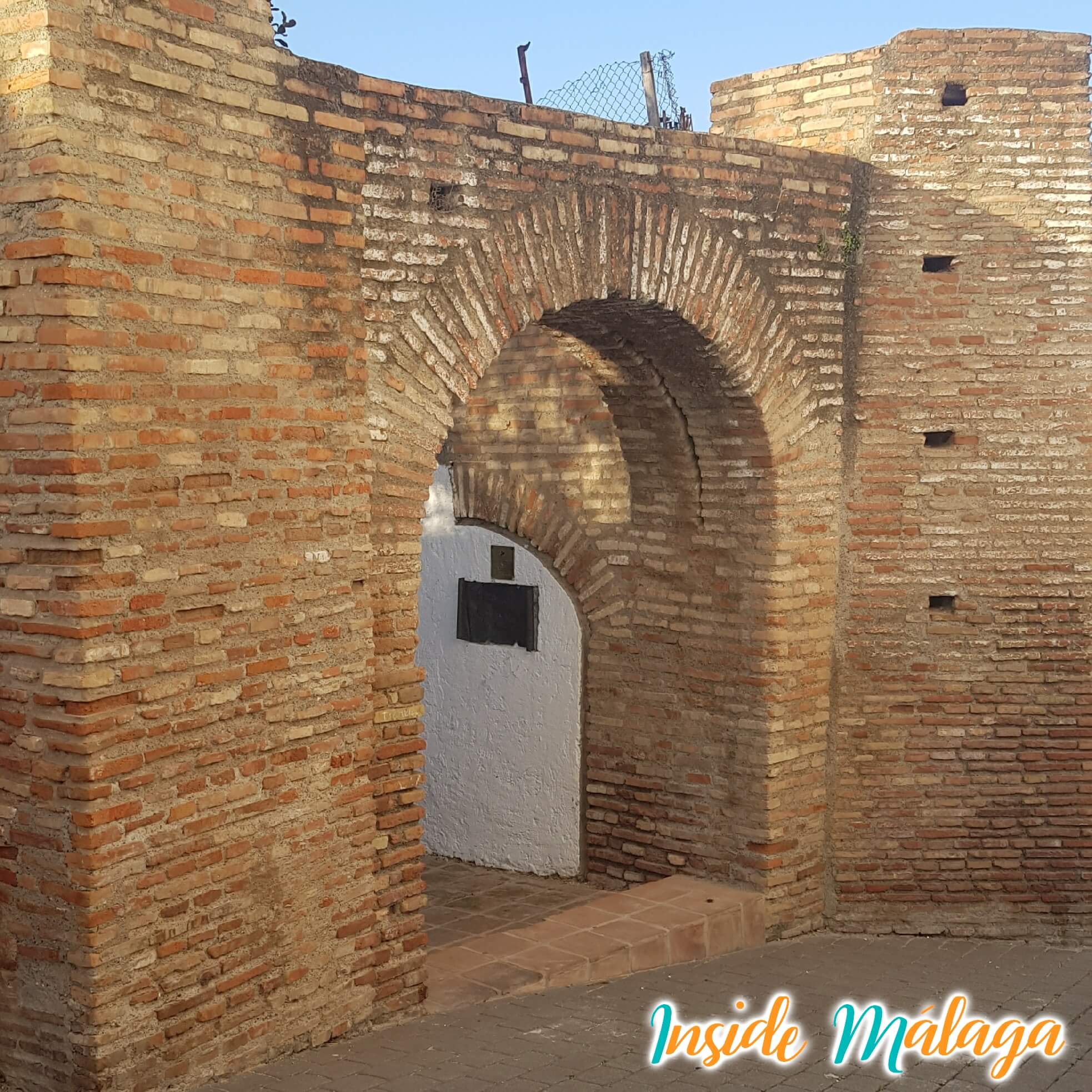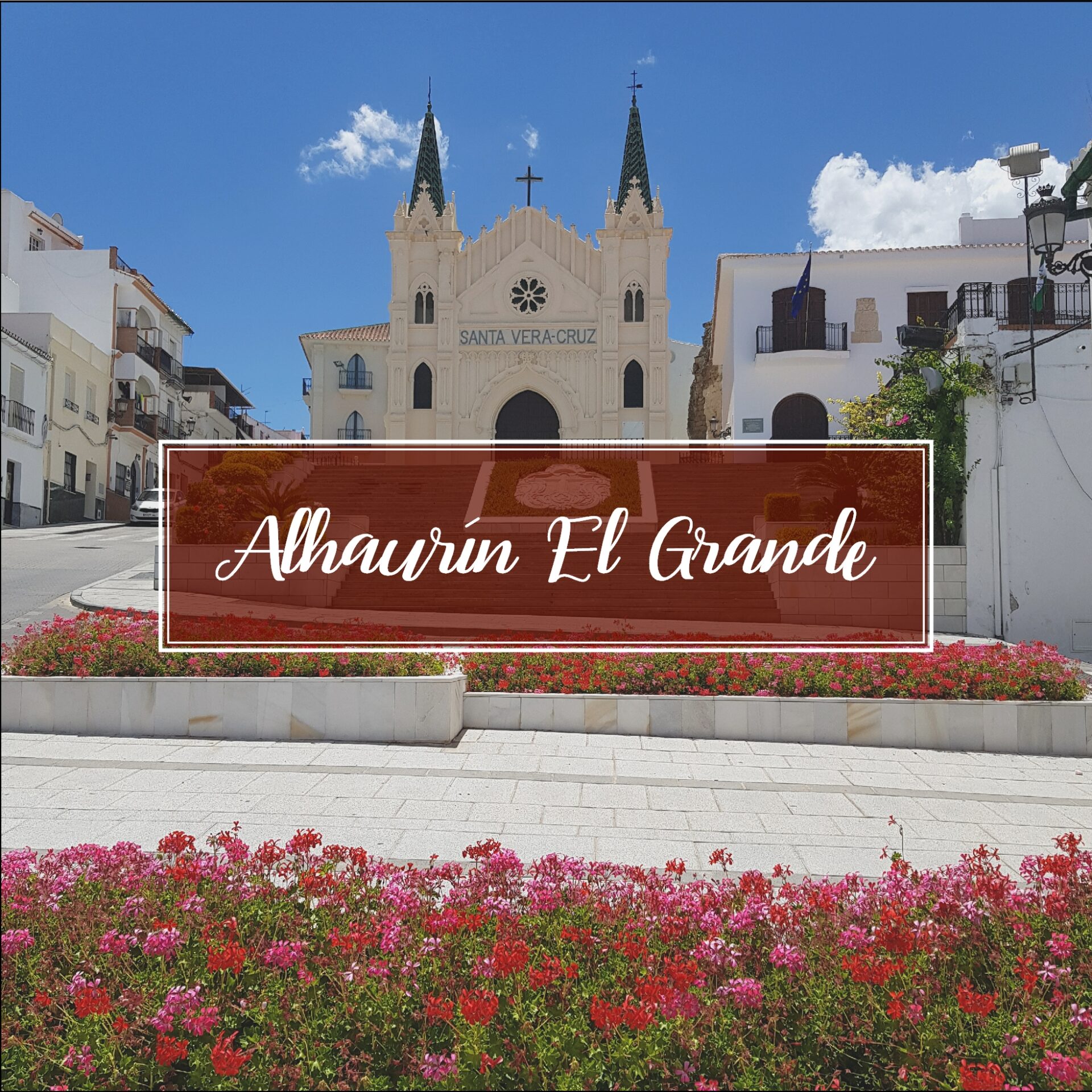Alhaurín el Grande, many civilizations lived in the area and passed through its lands with multiple anecdotes. But since the 15th century its churches, hermitages and brotherhoods have marked its essence.
Where is Alhaurín el Grande located
Alhaurín el Grande is located 42km from Malaga capital with a population of 24.705 inhabitants. The municipal term has a dimension of almost 73,1km square.
Origin of the name Alhaurín el Grande
Since Roman times it was called Laulín or Alaolín to which the Arabs added the prefix “Al-” together with the adjective “el Grande” to distinguish it from its neighbor: Alhaurín de la Torre or “Alhaurín el chico”.
Denonym of the people of Alhaurín el Grande
The inhabitants are called “alhaurino or alhaurina“.
Monuments and places of interest in Alhaurín el Grande
- Hermitage of Santa Vera-Cruz: Documents and historical references affirms that the hermitage in 1542 already existed. In 1750 it was ceded to the Franciscans who would be expelled later during the Napoleonic invasion, who would use the hermitage as a warehouse and barracks.
Defeated the French in their retreat they blew up the building on August 27 in 1812, where 104 neighbors died, which turns this event into the blackest day of Alhaurín el Grande. The hermitage as we know it today was built in 1921 in a neo-Gothic style. During the Spanish Civil War most of its heritage was destroyed.
- Hermitage of Christ of Agony: Hermitage built in 1783 located on the outskirts of town. Inside, there is the main altar with the Christ of the Agonies, this venerated image was the only one in the town that was not destroyed during the Civil War in 1936. The image carved in wood dates from the 18th century, it is a work of Christ already deceased, not dying as it happens with other images of Christ of the Agony, which suggests that Christ is not called as such by his moment in the bible but by the place where the hermitage is located. A local historian Ildefonso Marzo mentions a procession of this Christ in 1855.
- Hermitage of San Antón: Located at the foot of the Sierra, in the highest part of the town dedicated to the cult of San Antón, patron saint of animals. According to Ildefonso Marzo, its construction dates from the 16th century. It states that the chapel has been remodeled and rebuilt up to three times. The devotion is one of the oldest traditions that is still celebrated to this day every January 17. In the seventeenth century a Visigoth tomb was found under the main altar that was moved to the local church, but during the Civil War these remains were lost as well as many interior elements of the hermitage during the looting during the war.
- Hermitage of San Sebastian: The hermitage is already mentioned in documents in 1492. Property of the Royal Brotherhood of Nuestro Padre Jesús Nazareno located in the heart of the historic center, but originally this hermitage was located on the outskirts of the town. San Sebastían, the figure of the martyr-soldier is in the XV century a saint much adored by the Catholic Kings. Inside the hermitage is the tomb of Bartolomé Castello y Fallón, a Gaditan merchant of Irish origin who died in the village in 1821. The hermitage houses the following images: two niches that house the processional images of María Santísima del Mayor Pain, and in front of her Our Father Jesus Risen. The main altar houses the titular processional image of the hermitage, Nuestro Padre Jesús Nazareno.

- Church of Nuestra Señora de Encarnación: The parish was incorporated into the Christian Kingdoms in 1485 after a harsh campaign against the Nasrid Kingdom of Granada. The temple was built in 1505 on the ruins of an Arab mosque. In the nineteenth century a renovation was carried out that created the current design. From the primitive building the Gothic rib vault of the lower body of the tower is preserved.

- Los Corchos Moorish Mill: Located on the banks of the Fahala River, this hydraulic cube flour mill has been located since the 15th century. Between 1905 and 1941 it was already used to grind cork for use in the transport of grapes.
- Fahala Castle: The Fahala castle ruin is currently a Nasrid walled enclosure in the elevated area of Alhaurín el Grande.
Hurique Tower: The 13 meter high tower built in XIV and XV during the last Muslim emirate. Being one of the two that are preserved in the province of Malaga. - Cuevas del Convento: In 2001, five chambers and a crypt were discovered that could have been a basement of a castle, stables or cellars. They served with certainty as a warehouse for the Franciscan monks and sheltered poor families.
- Cobertizo Arch: A gate and arch from the Muslim period that was surely part of an old wall and the entrance to the Medina that overlooked the Souk, which was the market where they sold the articles and products of the area.

- Oil Museum: Founded in 2003 for the production of organic extra virgin olive oil without losing the Málaga tradition. They make excursions for people interested in oleotourism.
- El Colmenero de Alhaurín, Bread Museum: Located on calle la cruz. The museum contains several rooms dedicated to the history of one of the oldest trades of man. An exhibition with an Arab mill, Arab oven and more machines of all times, makes the visit interesting.
For more information about Alhaurín el Grande Village: visit the City Council page
